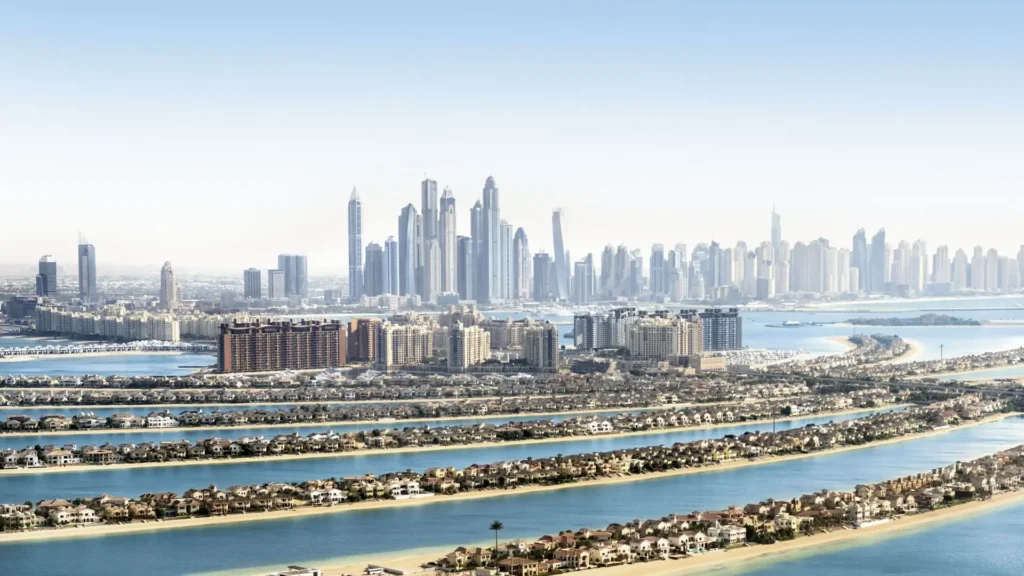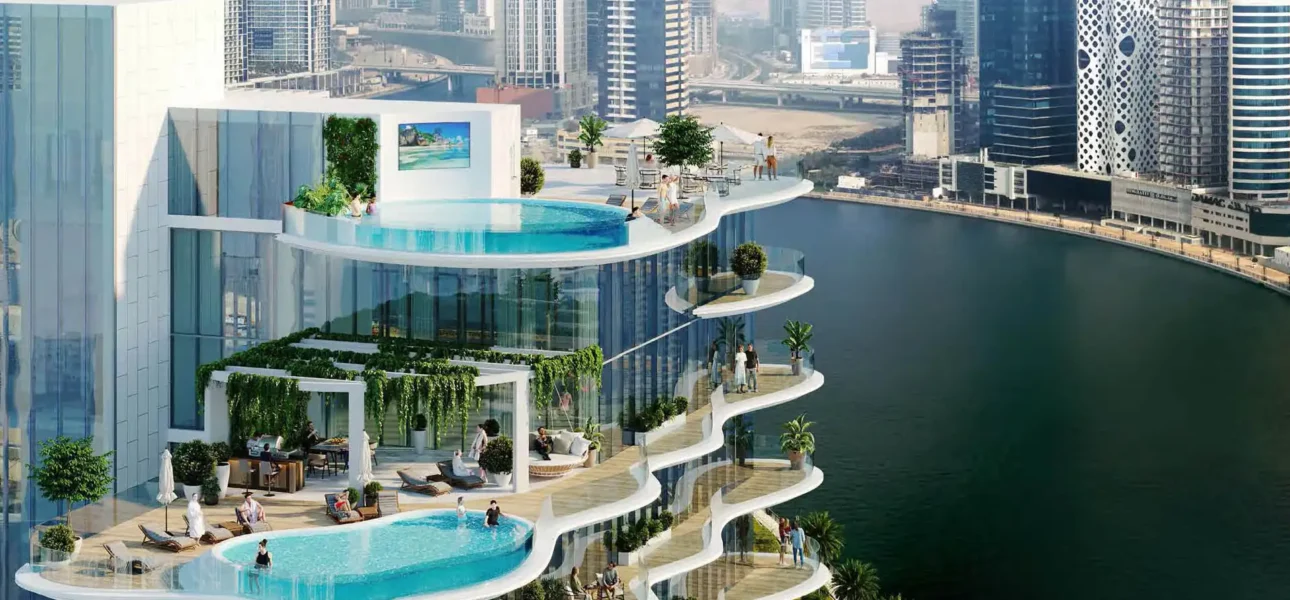UAE draws crowds to grand spectacles year after year. Visitors flood in, businesses flourish. Residential markets feel the pulse immediately. I’ve followed these patterns closely over decades, spotting how events spark housing interest, like a chain reaction. One big occasion leads to more people seeking places to live. Demand climbs, prices follow suit.
Expo 2020 left a strong imprint. The site became Expo City Dubai, a hub for commerce and living. Properties nearby see steady interest. Rentals in Dubai South jump during peak times. Developers launch new projects there, capitalizing on the momentum. Figures indicate 10 percent price increases in luxury segments for 2025. Investors eye these spots for solid returns.
COP28 in 2023 added another layer. Discussions on climate drew global leaders, and experts stayed on. Demand for short-term stays rose, then shifted to permanent homes. Areas like Dubai Hills Estate benefit from the aftermath. Property values in specific zones climb as a result.
Big Spectacles Pull Visitors, Spark Housing Interest?
Crowds arrive for events, and many decide to linger. Tourism numbers swell, hotels fill up. Spillover hits residential sectors. Short-term rentals thrive first, long-term commitments come next. Dubai Shopping Festival draws shoppers annually, boosting the appeal of nearby apartments.
The Formula 1 Grand Prix in Abu Dhabi creates similar waves. Race weekends pack venues and properties in Yas Island, and see rental spikes. Owners prepare units ahead, maximizing gains. The excitement lingers, encouraging relocations. Yields average 7 percent in prime locations. Pretty decent, right?
Infrastructure upgrades accompany these occasions. Roads improve, metro lines extend. Connectivity enhances neighborhoods’ attractiveness. Buyers prioritize accessible areas, driving demand higher. Government initiatives support the growth and planning for future spectacles.
Population increases are tied directly to event-driven migrations. Expats arrive for jobs created around gatherings. Families seek villas, professionals opt for high-rises. Supply struggles to keep pace initially, then developers ramp up. 41,000 units expected in Dubai for 2025. Balance emerges gradually.
Specific Zones Feel the Event Surge Strongly?
Dubai Marina buzzes during festivals. Waterfront views attract event-goers, and properties command premiums. Transactions rise 20 percent in peak seasons. Palm Jumeirah follows suit, with villas gaining 15 percent annually.
Abu Dhabi’s Saadiyat Island hosts cultural events, drawing art lovers. Homes there appreciate steadily. Demand for affordable options in Reem Island grows, too. Events like art fairs contribute to the appeal.
Expo City itself stands as a prime example. Businesses set up shop, and employees need housing nearby. Rentals increase 19 percent post-event. Developers focus on mixed-use spaces, blending work and residence. The area’s draw remains potent in 2025.
Off-plan sales dominate in event-influenced districts. Buyers commit early, anticipating value growth. Projects in Dubai Creek Harbour see brisk activity. Infrastructure legacies from past spectacles fuel the confidence.
2025 Events: Keep the Momentum Rolling?
Schedules are packed tightly this year—real estate exhibitions like IPS Dubai 2025 showcase opportunities. Investors gather, deals close on-site. These gatherings highlight market strength, encouraging purchases.
International Property Show draws global crowds. Discussions cover trends and impacts on housing. Attendees often scout properties afterward—demand spikes in showcased areas.
Cityscape events in Abu Dhabi feature investment summits. Panels address event-driven growth. Participants leave with plans to buy. The cycle reinforces itself.
Sports occasions add variety. UAE Tour cycling race traverses emirates, spotlighting routes. Properties along paths gain visibility. Golf tournaments in Dubai attract affluent visitors, and some invest in homes.
Tech conferences, finance fill calendars. Professionals attend, explore living options. Demand for mid-range apartments rises. Yields in Business Bay reach 6 percent—solid foundation for owners.

Investor Perspectives on Event-Driven Housing?
Opportunities abound for savvy players. Short-term rentals during peaks yield quick returns. Long-term holds benefit from appreciation. Diversification pays off—mix villas, apartments.
Risks exist, yet fundamentals hold firm. Supply increases to 210,000 units over two years. Prices stabilize in some segments. Luxury outperforms, up 15 percent in Q1 2025.
Golden Visas attract event participants. Ownership eases for foreigners. Many convert visits into residencies. Housing needs follow naturally.
Micro-digression: I recall covering Expo preparations years ago. Skeptics doubted the lasting effects. Reality proved otherwise—markets strengthened. Similar patterns emerge now.
Forecasts predict 5-8 percent growth overall. Events play a key role. Investors monitor calendars closely. Timing purchases around spectacles maximizes gains.
Lasting Ties Between Spectacles and Homes?
Connections endure beyond event dates. Legacies like Expo City sustain interest. Tourism maintains steady flows. Housing adapts to the influx.
UAE positions itself as a hub for grand occasions. Plans for future gatherings ensure continued demand. Residential sectors benefit consistently.
Prices in Abu Dhabi project a 6-8 percent rise for apartments. Villas lead at 10-12 percent. Event influences contribute heavily.
Buyers find value in event-proximate properties. Families enjoy amenities, professionals value convenience. Markets reflect the appeal.
Grand spectacles weave into the UAE’s fabric. Housing demand responds dynamically. The relationship strengthens yearly. Opportunities persist for all—kind of a thrill in the steady build-up.


